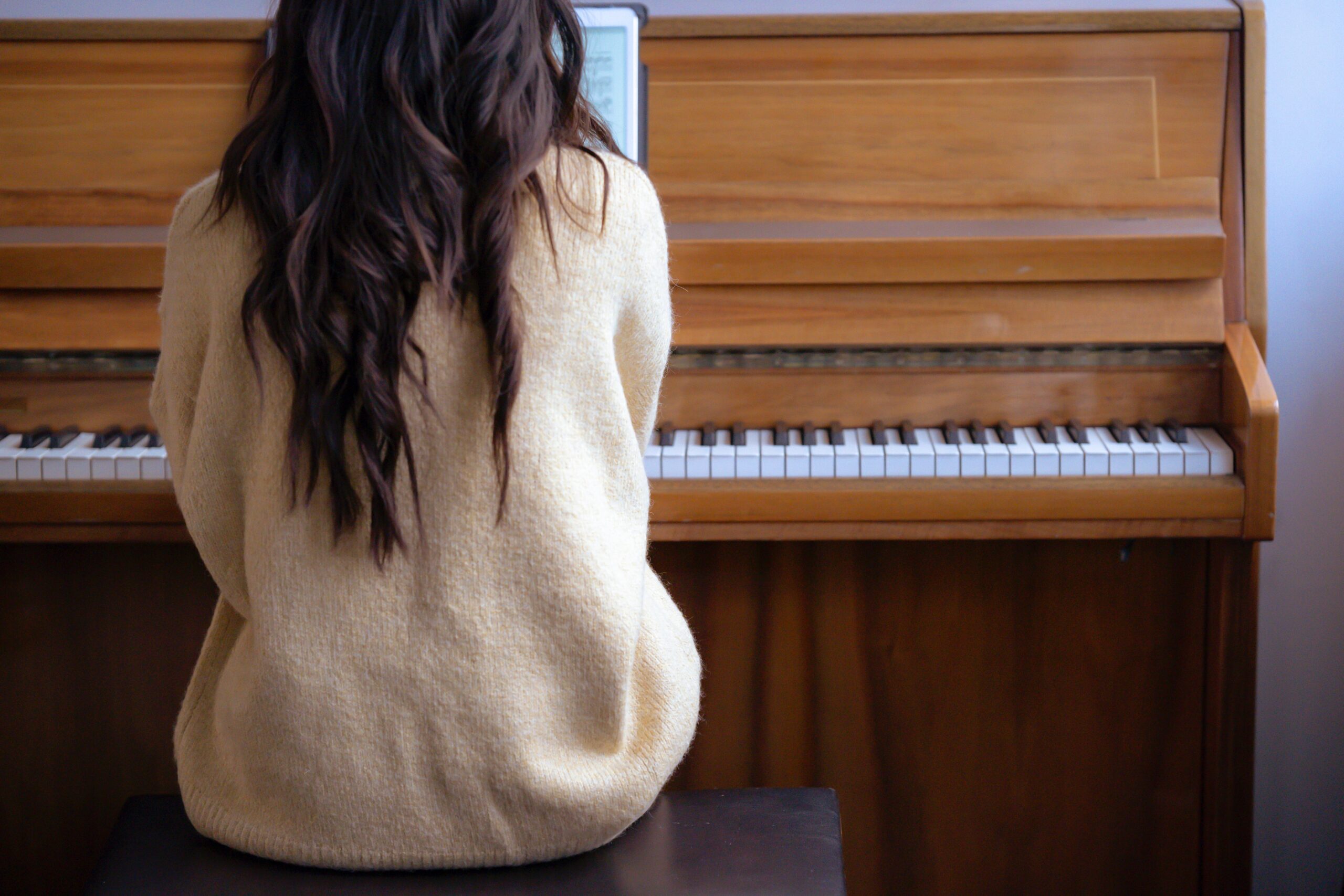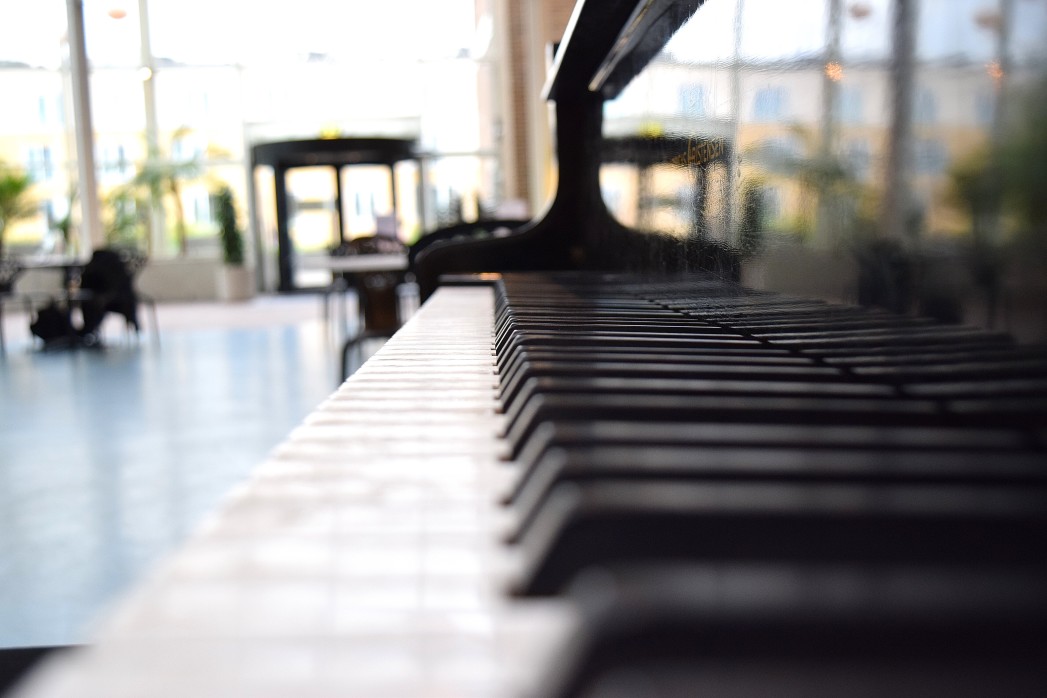Do you need to inspect a used piano? Buying a new piano can be exciting, and just knowing you are purchasing a never before used instrument in perfect condition can make the process that much more enjoyable. That being said, used pianos can be just as exhilarating to buy if you know what to look for. That’s why we are giving you these 6 tips on what to look for when it comes to learning how to inspect a used Piano. Read on to learn more below.
Why inspect a used piano?
The right used piano can sound, look and feel just as good as a newer model but will cost a fraction of the price. In this article, we will be discussing some of the key things you should look for when you inspect a used piano to ensure you get the right model at the right price.
Brand & Serial Number
When looking at used pianos, the first port of call with always be the brand. A reputable brand means you are guaranteed a quality product. Well-known brands are made with robust materials that are built to last. The quality brand used pianos are much more likely to be well maintained or at least have a good warranty behind them. Looking for the serial number on the piano will also tell you everything you need to know about the model. For example, it gives information such as its age, year of manufacture, factory history and more.
Why notable brands are good
There are many world-renowned brands. Some of the most notable are Yamaha, Steingraeber, Bosendorfer, Kawai piano, Bentley, C Bechstein and more. These are all brands known for their quality craftsmanship and supplying built to last instruments. However, a quality brand does not always guarantee that your used piano will be in perfect condition. This is why it’s important to inspect a used piano. You should also consider that lesser-known brands should not automatically be written off. Doing your research and thoroughly inspecting a piano will help determine if it is worth purchasing.
Checking Piano Keys is important
After determining the make, model and general history of your used piano, the next step is to examine the keys when you inspect the used piano. It is often a good indicator of how much the instrument has been played before now by looking at where you would place your hands on the piano and checking to see if there are any chips or cracks on the keys.

Poor Piano upkeep doesn’t mean the worst
However, poor piano key upkeep isn’t necessarily a deal-breaker when it comes to used pianos as key replacement is, fortunately, one of the easiest and cheapest fixes for any piano model. However, it is important to note that if you press down the keys and they feel stiff, it might indicate that the piano has not been tuned in a while. The keys often provide a good insight into the overall health of a piano, with uneven keys generally being a sign of internal damage.
Hammers
As mentioned, uneven keys can reveal a lot about the state of the piano, and they can often indicate damage to not only the felt and cloth but also the hammers. Generally, felt is easy to fix if there is enough to work with as it can be smoothed out. Hammers, however, can be much more expensive to fix and, when it comes to used pianos, they are generally not worth the cost. You can tell when hammers have become worn as they flatten out and develop deep string grooves creating an unpleasant tone when the piano is played.
Sound
Whether you are buying a new or used piano, sound is the most important factor. For this part of the process, you’ll need a keen ear as listening to how the instrument sounds will indicate any underlying issues. Some of the main sound issues you should be taking note of are:
- An out of tune piano can indicate a lack of care and maintenance throughout its life and can be masking a range of issues.
- Any strange buzzing or ringing sounds may signify that the soundboard is cracked, causing the ribs to come loose.
- Individual notes being played out of tune may indicate loose tuning pins that cannot apply the necessary tension.
Pedals
When you go to inspect a used piano, checking that all three pedals on the piano are working is another crucial factor. It is essential to check that the pedals have tension when you press them down. You can do this with the sustain pedal keeping the tone going and the damper pedal keeping the piano quiet.
Used pianos often suffer from pedal issues. This happens because when they are used too much, they will lose tension and stop working as they should. This is why it’s important to inspect a used piano. If you feel no pressure under your feet when pressing down, it is a sign that they need repairing.
Get in touch with Markson Pianos
Markson Pianos understand that not every customer has the budget for a new piano model, which is why we are proud to offer an extensive range of pre-owned upright and grand pianos. If you’re specifically looking for a used upright piano, why not look at our separate article about the price of a used upright piano.
To ensure you are getting the best piano at the best price, our team guarantees that each piano goes through the full regulation and setup process in the same way as new pianos do. This means that where necessary, parts are replaced or renewed. These pianos receive at least two in-house tunings to assess their stability. Only once Markson Pianos are satisfied that they are structurally sound, they are made available for sale.
Our contact information
To find out more about our second-hand upright or grand pianos, you can visit our website or get in touch with us today on 020 7935 8682. Our stock of second-hand pianos is continually changing and growing. So if you want to know current stock, please get in touch to find out more about our newest arrivals.

